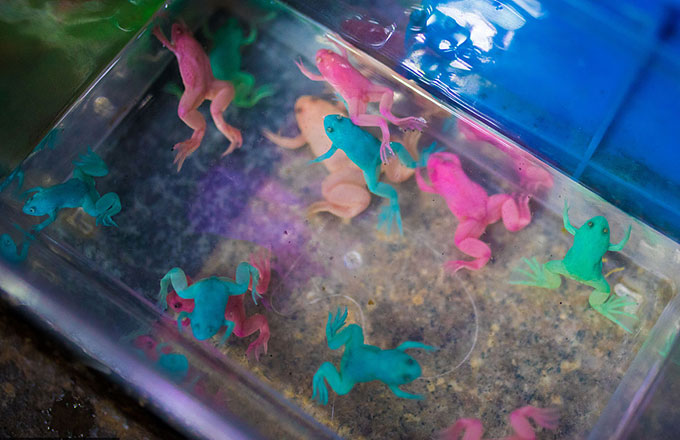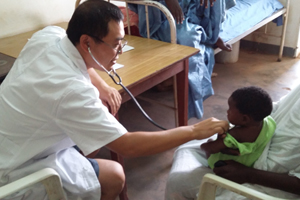Science may have answer to the itch you shouldn't scratch

Scientists in Shanghai have discovered a critical neural pathway that transmits itching sensations from the spinal cord to the brain - a discovery that could provide new insights for the development of therapies for chronic itchiness. Itch signals originating from any part of the body are transmitted to the spinal cord. Researchers at the Institute of Neuroscience say the signals are then passed by certain types of spinal neurons to a part of the brainstem called the parabrachial nucleus, or PBN, which is related to emotions, sleep, feeding, taste and pain.
The institute, which is part of the Chinese Academy of Sciences, published a paper about the discovery on Friday in the United States-based journal Science.
Several brain areas are related to the reception of sensory signals transmitted from the spinal cord to the brain. The researchers found the activity of PBN neurons was elevated in itch processing.
Previous studies showed that a certain type of spinal neuron that expresses gastrin, a peptide hormone, is required for the itch sensation.
The institute discovered that such neurons do not send the itch information directly to the brain. Instead, they accomplish the task by activating another type of neuron that projects to the PBN. By manipulating the pathway with optogenetics - a biological technique that involves the use of light to control cells in living tissue - researchers showed that the inhibition of this circuit suppressed itch-induced scratching behavior in mice.
Suppression of the PBN also consistently decreased scratching behavior induced by both acute and chronic itching, they found.
"It suggested that PBN represents a first critical central relay for the itch sensation," said Sun Yangang, the lead researcher.
One peer review read: "The authors convincingly show that the pathway is crucial for pruritogen-induced scratching behavior. ... In summary, the authors have contributed an important step in itch processing."
Itch sensation is an important protective mechanism for animals and humans to drive away worms or other objects that may damage the skin. However, chronic itch, often seen in patients with skin and liver diseases, remains a challenging clinical problem, as uncontrolled scratching can lead to severe skin and tissue damage.
Therapeutic approaches for chronic itch treatment have developed slowly because of a lack of knowledge about itch mechanisms. But this discovery after four years of work may bring about breakthroughs in identifying specific drug targets for treatment of chronic itching, Sun said.
"If researchers can find specific molecular targets at vital nodes on the itch pathway, the transmission of the itch signal will be blocked, and thus the quality of life of patients suffering pruritus will be greatly improved," he said.
Researchers do not rule out the possibility that other circuits involved in itch sensation transmission may exist, Sun added.
Zhouwenting@chinadaily.com.cn























